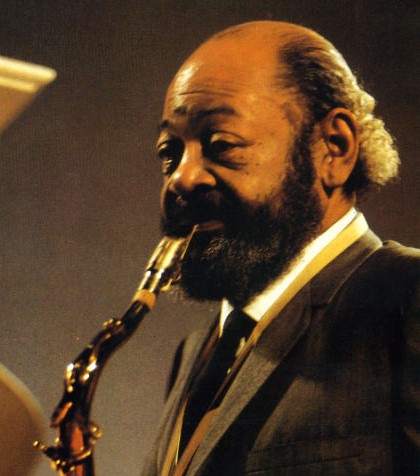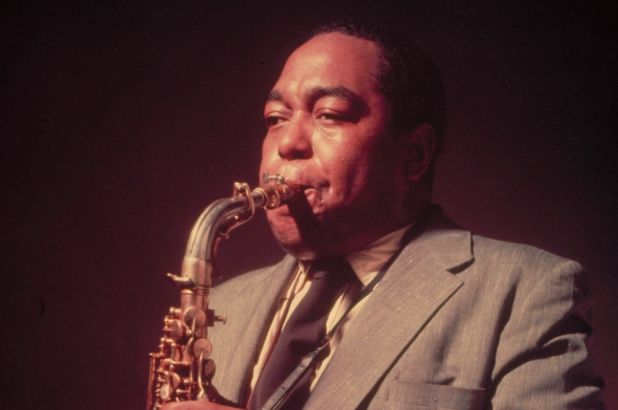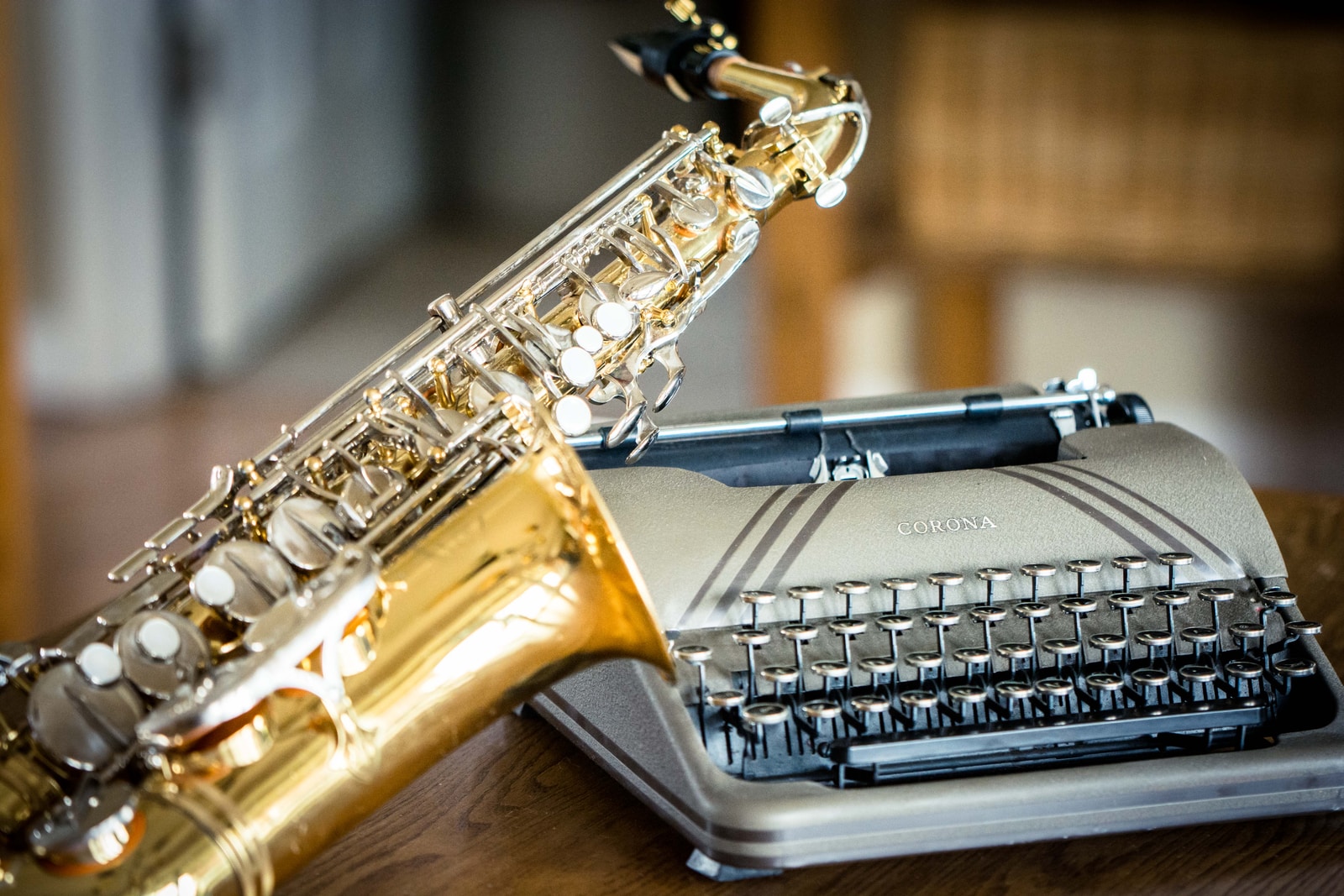Saxophones are some of the most expressive types of music instruments for playing swing, bebop, hard bop, jazz, free jazz, and electric jazz/rock/funk. Some of the best and most renowned jazz music came from those jazz musicians playing the saxophones who had the most troubled lives. These jazz musicians had such a strong inner drive to be famous and to make brilliant music with their saxophones. Just a few of these brilliant musicians who played different types of saxophones are portrayed as follows:
Lester Young

Lester’s father was a music teacher and his mother played the saxophone. His father remarried and took Lester and his brother and sister on the road in a circus sideshow band when Lester was 10. Lester learned to play the violin and trumpet, then drums. He then added the alto and tenor saxophones to his arsenal of musical instruments. He was an “unusually sensitive” person and resented his father’s harsh punishments so much that he repeatedly ran away from home as a teenager until he finally did not go back home at the age of 19.
He went in pursuit of his music dreams and joined the Blue Devils, playing his different types of saxophones, mainly tenor. He built his style partly on Frankie Trumbauer who had a light, airy tone and usually told a little story. His style was also structured around his intense competitive need to make his songs his own. What launched his fame was his originality and individualism. Not only was his music individualized, but so were his clothes, his walk, he used a silver saxophone, and he held his saxophone out at a 45-degree angle.
With strong roots in blues music, the sound emanating from his different types of saxophones was delicate versus big and bold. It had a strong, soulful feel and was light and swinging without effort. He could make his different types of saxophones sound smooth and sweet with each note melting into the next one. The phrases were of varying lengths ending in a distinctive wavering vibrato sound that only saxophones can make. Not only did the varying lengths of phrases create his individualism and a breakthrough in music, but so did his incorporation of moments of silence. Instead of continually playing, he learned to appreciate the power of silence and would wait for a few beats before playing another phrase. The bright flame of his fame began to flicker though during the Depression when it was difficult to find work. He gradually took a downward turn and in the end alcohol destroyed his health.
Coleman “Bean” Hawkins

Coleman was a schooled jazz musician and was taught to read music by his mother before he could even read words. His father was a factory worker who worked 2 jobs in order to pay for Coleman’s lessons. He studied cello and different types of saxophones, including the C-melody and tenor saxophones. By age 12 he was playing the C-melody saxophone at dances. By age 17 he had joined Mannie Smith’s Jazz Hounds in a touring tent show and soon switched to the tenor saxophone which sparked his musical style to flourish, especially when he joined Fletcher Henderson’s band in 1924 at the age of 20. His music was inspired by Louis Armstrong and Art Tatum. In the 1930s and 1940’s he played swing music and switched to bebop in the 1940s. He lived for musical combat to challenge and beat others talents, not just with different types of saxophones, but with any instrument. He also challenged his own skills.
Coleman acquired the nickname “Bean” due to the impressive musical ideas that flowed from his brain. He was considered the first “modern jazz saxophonist”. His improvisational style with his different types of saxophones was rooted in blues and the swinging rhythms of 1920’s big bands. The sound that came from his saxophone was smooth, but complex and filled with sensuous swaggering turns, excitement, passion, aggression, tenderness, and vibrato. He filled every moment of his music with big, loud, sweet and airy tones.
Coleman was always a loner though. Pops Foster stated that “sometimes he’d look right at you and didn’t know you and sometimes he did”. He also distrusted banks and would carry around very large sums of money with him. He loved fine clothes, good liquor, and fine food. He was also a thrill seeker speeding in his car faster than 100 miles per hour.
Charlie Parker “Bird”

Charlie’s father was a tap dancer who drank too much and deserted him before the age of 10. His mother smothered him and babied him so much that later in life he expected the same treatment from everyone else. His ever-changing personality could be seen in his facial expressions, fluctuating body weight, and varying social interactions between lovable and hateful, extreme sadness or happiness, and consideration or callousness. He made few friends and had much difficulty fitting in with society
While in school he taught himself to play different types of saxophones, alto and baritone, although the alto saxophone was his primary instrument. He was influenced by Lester Young and at age 21, while playing his saxophone in the Jay McShann band, he began his departure from conventional rhythms. At age 22 he joined Earl Hines’ orchestra where he met Dizzy Gillespie. Two years later, he and Dizzy invented a new form of jazz called bebop. This was a completely different approach to phrasing musical ideas. Instead of basing his improvisations on 1/4 notes, he used 1/8 notes primarily and altered inflexions, accents, and phrases. This melodic rhythm was his greatest innovation with a fast, complex, hard-edged tone, lacking vibrato. More complicated stretches of melody and improvisation with staccato characterized bebop music. Each musical phrase told a story complete with a beginning, middle, and end in which Charlie merged emotion, technique, and his own ingenuity for playing different types of saxophones.
Charlie was felt to be the single most important jazz musician of the 20th century. Seemingly, to compensate for the lack of love from his family, he had not only made his music as brilliant as he possibly could, but he also compensated by becoming obsessed with drug use for the rest of his short life, as he died at the early age of 35.
All of these jazz musicians who played different types of saxophones were brilliant in their jazz compositions. What made them so brilliant though was their personality and inner childhood demons which dictated their musical style.



